Making Sense of Sensors – Full Frame vs.APS-C
2020-03-03
编者按:
选择摄影器材时,(抛开品牌,预算的考量)最重要的则是感光件(像素,大小 etc)和镜头(视角)的考量。水下摄影亦是如此。第一是出于因为拍摄物体大小引申出来的水下视角范围的考量;其二是成像好坏的考量。
而针对越来越多的相机镜头,和不断上新的相机款式。如何将前期投资最大化呢?以下翻译于ZEISS网站的感光镜大小与镜头之间的关系可以帮助大家了解更多当中的关联。
Making Sense of Sensors – Full Frame vs.APS-C
There is more to a full frame sensor thansimply being bigger than an APS-C one and it is not necessarily the best choicefor all types of photography. Find out why in this in-depth article on thedifferences between full frame and APS-C cameras and lenses.
Sep 29, 2016
感光件对于摄影的重要性- 全画幅vs. APS-C
全画幅感光件不仅仅是比APS-C感光件大那么简单,它也不一定是所有类型摄影的最佳选择。在这篇深入讨论全画幅相机与APS-C相机以及镜头的区别的文章中,可以一探究竟。
2016年9月29日
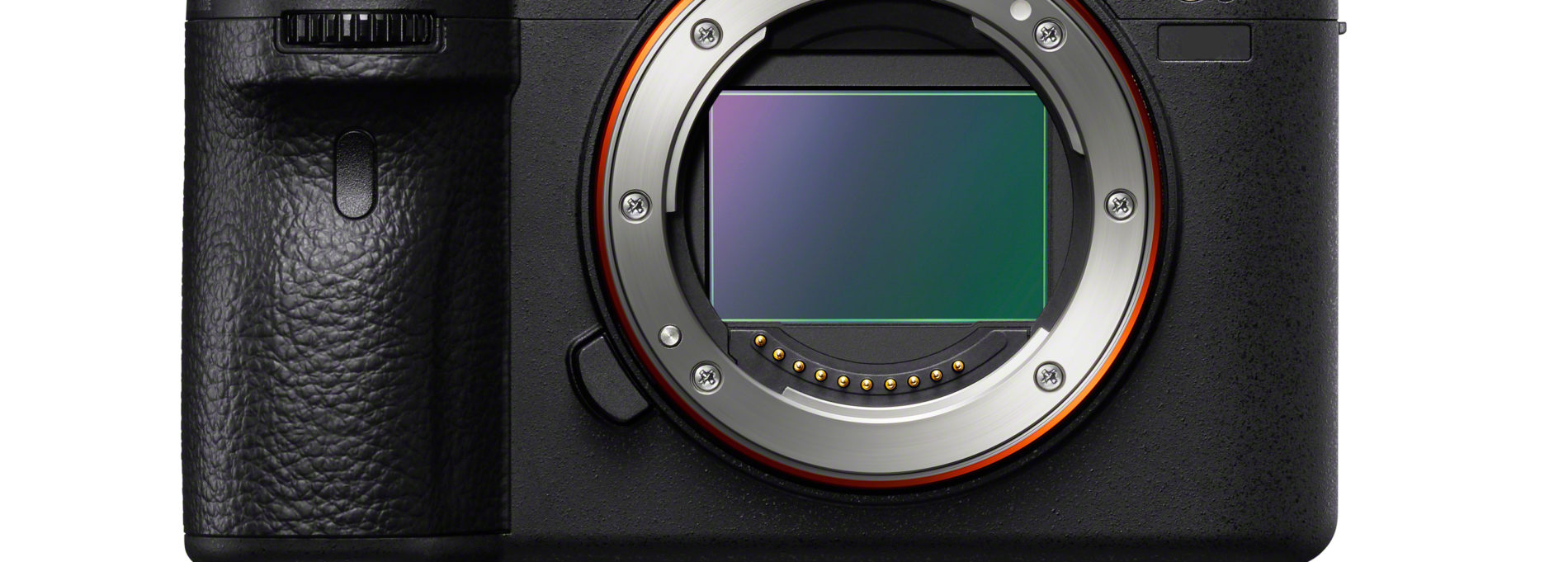
It’s hard to find a photographer these dayswho doesn’t have a digital camera, where an electronic sensor replaces film asthe means of recording the results of the shutter click. However, many of theterms used in film photography persist into the digital era, such as ‘fullframe’. In this article we will explain the terminology and how the size of thesensor affects the quality of the images taken.
如今很难找到一个没有数码相机的摄影师。在数码相机中,电子感光件取代胶片,成为记录的主要工具。然而,胶片摄影中使用的许多术语一直沿用到数字时代,比如“全画幅”。在这篇文章中,我们将解释这个术语,以及感光件的大小如何影响图像的质量。
Full frame Sensor Cameras
For those new to photography, let’s firstget some basic definitions out of the way. 35mm film was the dominant standardin still photography until digital photography took off. The term ‘full frame’refers to the sensor being the same size as a single negative (or frame) on a35mm roll of film ie 24 x 36mm. So, the image sensor inside a full frame camerabody is 24mm high and 36mm wide. The ratio of width to height of a sensor isknown as the aspect ratio which governs the proportions of each image. With afull frame camera (and 35mm film) it is a ratio of 3:2.
全画幅感光件摄像机
对于那些刚接触摄影的人,我们先来了解一些基本的定义。在数码摄影兴起之前,35毫米胶片一直是静态摄影的主要标准。“全画幅”指的是在一卷35毫米胶片(即24×36毫米)上,感光件的尺寸与单个底片(或相框)相同。因此,全画幅相机体内的图像感光件是24毫米高,36毫米宽。感光件的宽高比称为长宽比,它决定着每幅图像的比例。对于全画幅相机(和35mm胶片),比例是3:2。
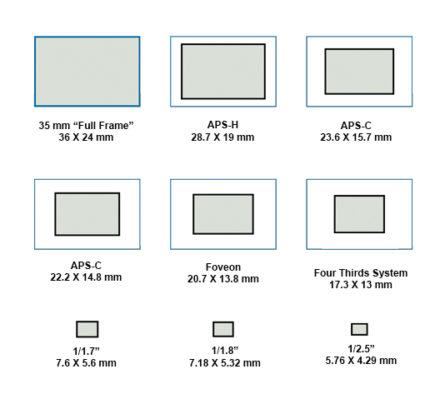
APS-C Sensor Cameras
APS stands for Advanced Photo System. This is a film format that was introduced in 1996, but has since been discontinued. APS film frames measure 16.7 x 30.2mm, but there are three different APS digital image formats: H (highdefinition), C (classic) and P (panorama). All three are smaller than the original APS and 35mm film size, hence the term ‘cropped sensor’. The H format is the same ratio as the entire APS negative, while the C format has an aspect ratio of around 3:2, the same as in a full frame camera. The exact size of an APS-C digital sensor varies slightly depending on the camera manufacturer. APS-C images sensors can be found in most digital SLR, mirrorless and compact systems cameras. It is no wonder, then, that the selection of APS-C lenses and camera bodies on the market is very large compared to their full frame counterparts.
APS全称是高级图片系统,是在1996年推出的一种胶片电影格式,现已停产。APS胶片尺寸为16.7 x 30.2mm,有三种不同的APS数字图像格式: H(高清)、C(经典)和P(全景)。这三种感光件都比原来的APS和35毫米的胶片尺寸要小,因此被称为“裁剪后的感光件”。H格式与整个APS底片的比例相同,而C格式的长宽比约为3:2,与全画幅相机相同。APS-C数字感光件的确切尺寸因相机制造商的不同而略有不同。APS-C图像感光件可以在大多数单反、无反光镜和卡片机型系统相机中找到。因此,与全画幅的同类产品相比,市场上的APS-C镜头和机身选择非常多也就不足为奇了。
Lenses are designed to suit the sensor type
The APS- c format is the one most commonly found in digital SLR, mirrorless and compact systems cameras.
This has led to a wider choice of lenses being manufactured to suit APS-C sensors.
按感光件大小设计的镜头系列
APS-C格式是数码单反、无反光镜和卡片机型系统相机中最常用的感光件格式,因为品牌众多,各品牌也开发了更广泛的镜头搭配APS-C感光件。感光件
APS-C sensors: cropped images
Because an APS-C image sensor is smaller than a full frame sensor, APS-C cameras have a smaller area to capture a scene. In other words, the scene is ‘cropped’, as illustrated below. With an APS-C sensor, the angle of view is narrower. This creates the impression of being zoomed in more. Although the depth of field remains the same in both cases, the background is “sharper” than the same shot taken with a full frame sensor and the same aperture. So by using different image sensors, you have created two very different images.
APS-C感光件: 被裁剪后的图像
由于APS-C图像感光件比全画幅感光件小,所以APS-C相机用于捕获场景的面积较小。换句话说,场景被“裁剪”了,如下图所示。使用APS-C感光件,视角更窄。这给人一种被放大的感觉。虽然在两种情况下景深相同,但背景比用全画幅感光件和相同光圈拍摄的照片“更清晰”。因此,通过使用不同的图像感光件,您拍摄到了了两张非常不同的图像。
The crop factor
The crop factor allows you to figure out what the field of view would be in a 35-mm film format equivalent camera based on the actual focal length you are using on a APS-C camera. It also helps you compare lenses. The crop factor is always calculated by dividing the full format size by the size of the APS sensor. Let’s take an example.
Suppose your APS-C image sensor is 25.1 x 15.7mm. If you divide 36mm by 25.1mm (36/25.1), you get 1.43. That’s the crop factor. If you put a 70-mm lens on a digital SLR camera that has an APS-C image sensor and multiply this focal length by the crop factor (70 x 1.43 = 100), you would produce the same field of view as if you were using a 100mm focal-length lens on a full frame camera. Crop factors for digital SLR cameras can vary between 1.3x and 2x. The higher the crop factor, the more zoomed in the image will appear.
焦距转换率
焦距转换率让你可以根据APS-C相机上使用的实际焦距来确定等效于35毫米胶卷格式相机的视角。它还可以帮助你比较镜头。始终通过将完整格式尺寸除以APS感光件的尺寸来计算焦距转换率。
举个例子。
假设你的APS-C图像感光件是25.1 x15.7mm。如果用36毫米除以25.1毫米(36/25.1),得到1.43,这就是转换率。如果将70毫米镜头放在APS-C图像感光件的数码单反相机上,并将此焦距乘以焦距转换率(70 x 1.43 = 100), 此搭配的视角等同于用全画幅相机上使用100mm焦距镜头的视角。
数码单反相机的镜头焦距转换率可以在1.3倍至2倍之间变化。焦距转换率越高,图像中出现的缩放越多。
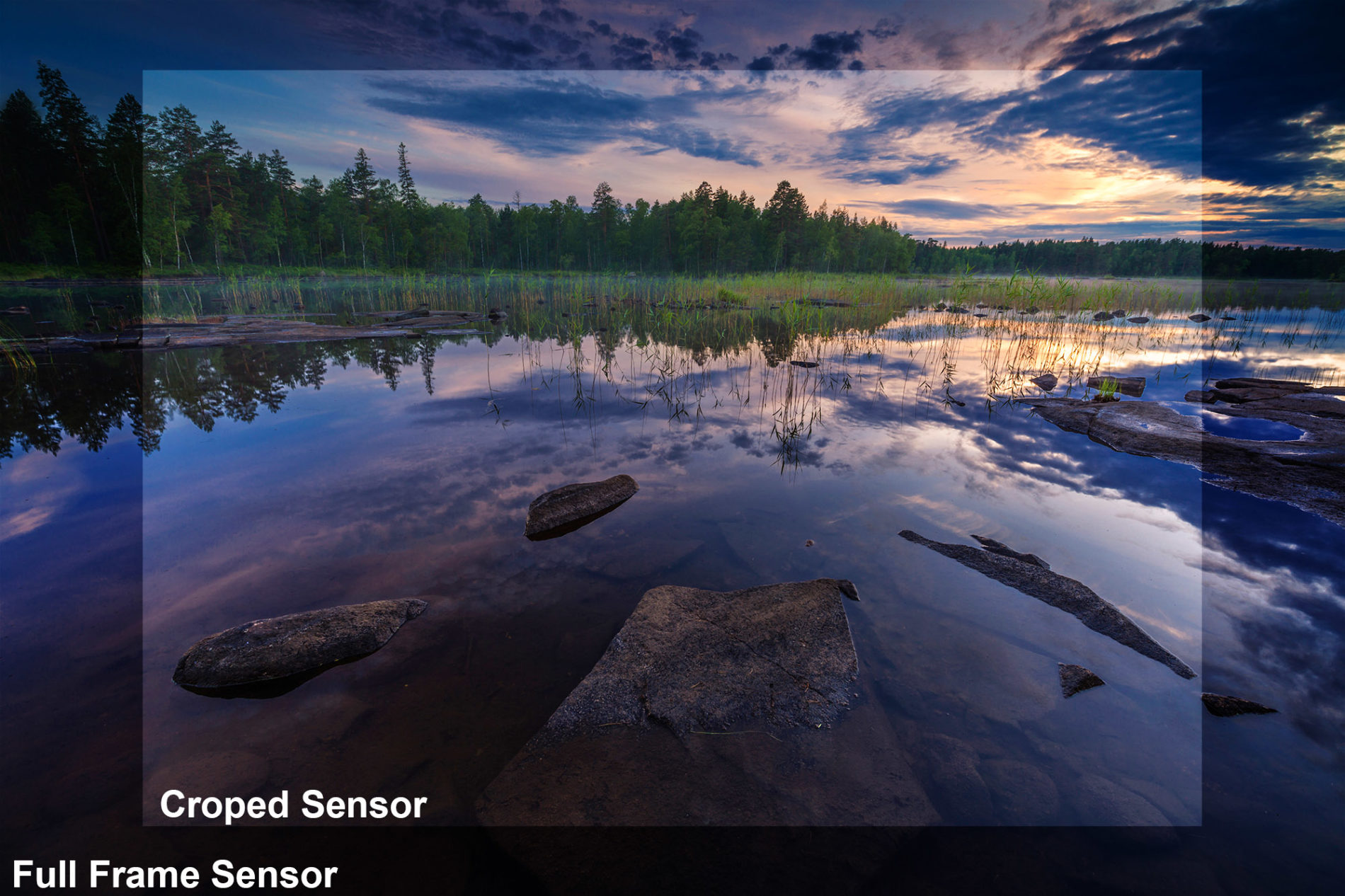
Which sensor is ‘better’?
It’s a myth that full frame cameras and lensesare, by definition, better than their APS-C counterparts. Granted, due to thelarger sensor size – and higher price tag – professional photographers mainlyuse full frame cameras. But the choice of APS-C or full frame is not aboutprice or size. Ultimately, it depends on your goals, ideas, and the kind ofphotography you like to do.
哪个感光件更好?
全画幅相机和镜头要优于其APS-C相机,这是一个传说。当然,由于感光件尺寸越大,价格更高。专业摄影师主要使用全画幅相机。但是选择APS-C还是全画幅与价格或尺寸无关。最终,这取决于您的拍摄主题,想法和您喜欢做的摄影类型。
Staying in the background
One big advantage of APS-C sensors is thatthe cameras that have them are smaller and lighter than a full frame camera. Soif you like to do street photography, compactness may be just what you need.You’ll be able to capture the atmosphere and your subject while remaininginconspicuous. APS-C cameras and lenses are a good choice for streetphotography as they are smaller and lighter so less obtrusive.
背景拍摄
APS-C感光件的一大优势在于,搭载APS-C感光件的相机比全画幅相机更小、更轻。因此从,如果你喜欢街头摄影,轻便可能正是你所需要的。你可以在不引起他人注意的情况下能够拍摄到你想要的氛围和主题,。APS-C相机和镜头是街头摄影的理想选择,因为它们更小、更轻,所以不那么突兀。
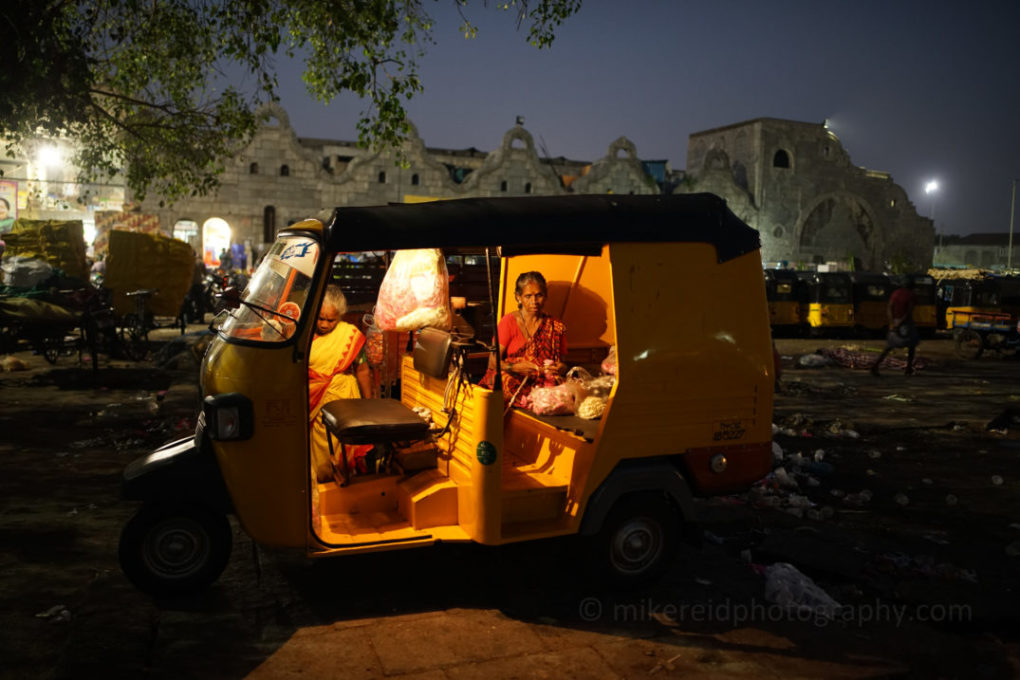
Depth of field
A crop-sensor camera also comes in handyfor macro shots. Recall that depth of field (DOF) is the distance between theclosest and furthest parts in an image that will appear in focus. At the sameaperture and for the same field of view, an APS-C sensor will have a higherdepth of field than with a full frame camera.景深
APC-C相机也可以很方便地进行微距拍摄。回想一下,景深(DOF)是指从最远到最近的清晰范围距离。在相同的光圈和视角范围,APS-C感光件的景深比全画幅相机的景深要高。
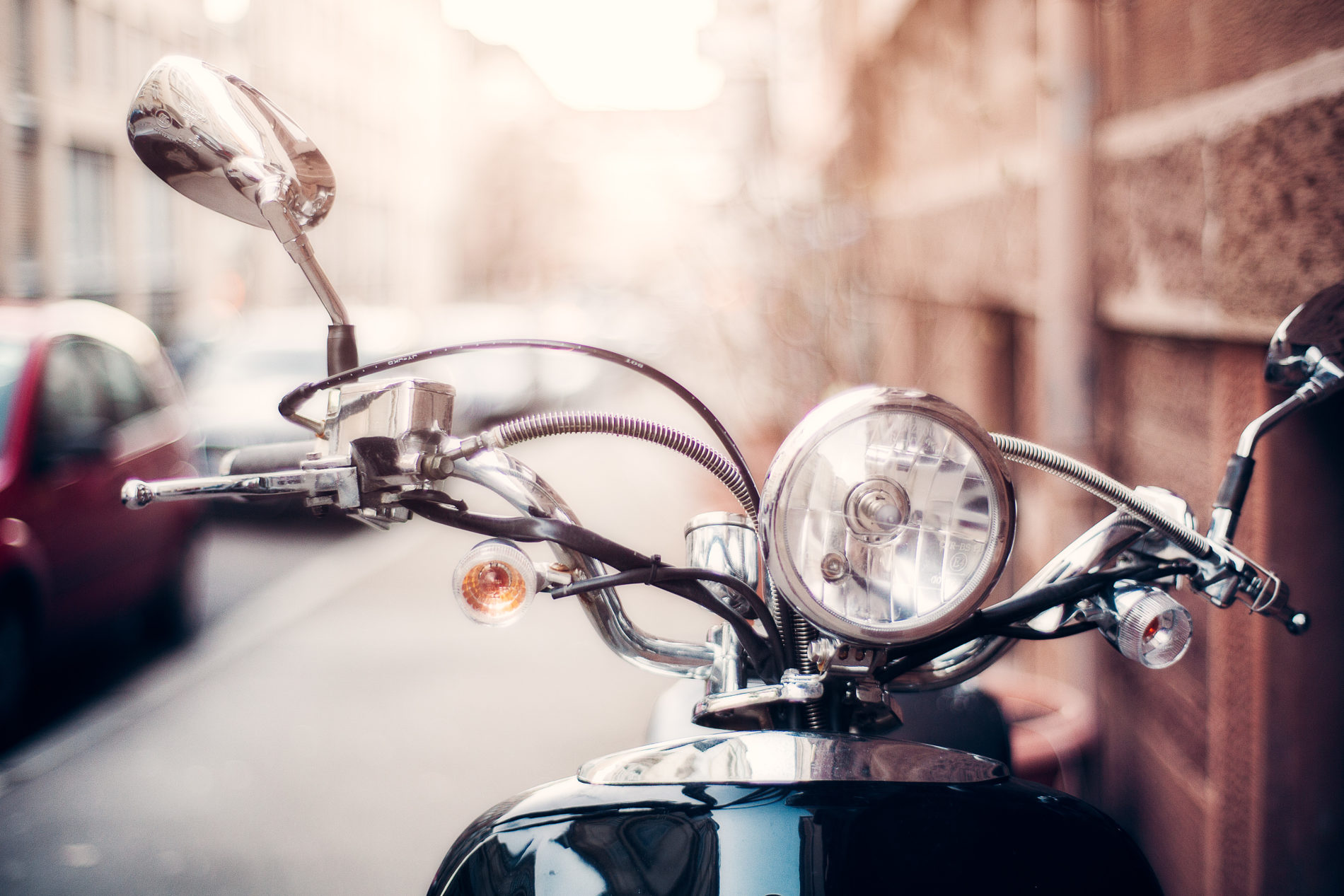
A full frame sensor camera and lens willhave less in focus for a given aperture and field of view than an APS-Ccombination, allowing more creative effects.
APS-C cameras enable you to fill the framewith your subject from a greater distance, so the images will look more zoomedin than if they had been with taken with a full frame camera. This can be anadvantage when you cannot, or should not, get too close to your subject, suchas wildlife, an athlete or another source of action. An APS-C sensor magnifiestelephoto lenses, enabling you to get “closer up” with these. A 200mm lens onan APS-C camera will act like a 300mm lens on a full frame camera.
对于给定的光圈和视角,全画幅感光件相机和镜头的对焦范围/距离比APS-C组合要小,从而带来更多的创意效果。
APS-C相机使您可以从更远的距离向主题拍摄来填充画面,因此与使用全画幅相机拍摄的图像相比,图像看起来更加大。当您无法或不应该过于靠近您的拍摄对象(例如野生动物,运动员或其他行动来源)时,这可能是一个优势。APS-C感光件可放大远摄镜头,使您可以“近距离拍摄”。APS-C相机上的200mm镜头就像全画幅相机上的300mm镜头一样。
Advantages of full frame sensors
That said, full frame camera systems offerseveral distinct advantages over APS-C sensors. For starters, you’ll have morecontrol over the depth of field because you’ll need to move in closer to yoursubject. This could be important for portraits or if you want to create otheraesthetic effects.
全画幅感光件的优点
也就是说,全画幅相机系统比APS-C感光件有几个明显的优势。对于初学者来说,你可以更好的控制景深,因为你需要靠近你的拍摄对象。这对于拍摄肖像或者想要创建出其他美学效果而言很重要。
A full frame camera/lens combination alsodelivers better image quality. The reason is the pixel pitch: a larger sensorwith the same number of pixels means each individual pixel is larger; thisallows more light to be captured. Hence, full frame systems also perform betterwhen the light is weak, enabling you to confidently raise your ISO settings.For night photography, full frame sensors win hands down over APS-C sensors.
全画幅相机/镜头组合提供了更好的图像质量。原因是像素间距:相同像素数量的较大感光件意味着每个像素较大;这使得更多的光线被捕捉到感光件。因此,当光线较弱时,全画幅系统的表现也会更好,这使你能够放心地提高你的ISO设置。对于夜间摄影,全画幅感光件胜过APS-C感光件。
Full frame systems also produce more finerdetails because the pixels are larger, creating a better dynamic range than anAPS-C sensor would with the same number of pixels. Because of a full framesensor’s larger size and the larger field of view it projects, a full framelens/camera combination is also more suitable for wide-angle shots, which isrelevant for architectural, landscape or product photography.
因为像素更大,全画幅系统也能捕捉更精细的细节。。与具有相同像素的APS-C感光件相比,动态范围更好。由于全画幅感光件的尺寸更大,视野更大,因此全画幅镜头/相机组合也更适合广角拍摄,而广角拍摄与建筑,风景或产品摄影相关。
A full frame camera and lens is the bestchoice for wide-angle landscape images.
全画幅相机和镜头是广角风景图像的最佳选择。

Mixing and matching
Given the ubiquity of APS-C lenses andcamera models, how much mixing and matching is possible between both systems?
混合搭配
鉴于APS-C镜头和相机型号无处不在,两个系统之间可能有多少混合搭配?
All full frame lenses can be used on anAPS-C camera with the same bayonet, but you will still only get a croppedframe. Putting an APS-C lens on a full frame camera will also produce a croppedscene. This will cause vignetting (black corners) on the image as light can’treach into all the corners. Fortunately, some full frame cameras recognize anAPS-C lens and automatically switch to a crop mode. That happens if you put aTouit lens on a Sony full frame camera.
所有的全画幅镜头都可以用在带有相同卡口的APS-C相机上,但只能得到一个裁剪过的画幅。在全画幅相机上放一个APS-C镜头也会产生一个裁剪的场景。这将导致图像上的暗角,因为光线无法到达所有的角落。幸运的是,一些全画幅相机可以识别APS-C镜头并自动切换到裁剪模式。比如你在索尼全画幅相机上装一个Touit镜头,就会发生这种情况。
Investing for the future
Both full frame and APS-C sensor formatswill continue to exist alongside each other. That said, upgrading to full framelenses and camera models will always be a winning recipe for maximum creativepotential. Full frame is also a solid investment in the future because fullframe systems never become obsolete. Future innovation in both types of sensorswill be driven by the quest for even higher resolution, a trend already visiblein video.
Full frame vs APS-C sensors and lensessummary
对未来的投资
全画幅和APS-C感光件格式将彼此共存。也就是说,升级到全画幅镜头和相机型号将始终是探索更多创意的关键。全画幅是对未来的可靠投资,因为全画幅系统永远不会过时。对更高分辨率的追求将推动这两种感光件的未来创新,这一趋势在视频中已经显现出来。
全画幅vs APS-C感光件和镜头摘要
Which will suit you best?
Street Photography: APS-C, smaller,lighter cameras
Macro Photography: APS-C, greaterdepth of field
Sports, Wildlife: APS-C, greater reachfor a given focal length
Architecture, Landscape: Full frame, largerfield of view, more suitable for wide-angle shots
Night Photography: Full frame, sensorcaptures more light
Creative Flexibility: Full frame,greater ability to choose a narrow depth of field
Superior Image Quality: Full frame, higherpixel pitch
街头摄影: APS-C,更小,更轻的相机
微距摄影: APS-C,景深更大
体育,野生动物: APS-C,在给定焦距下可达到更大范围
建筑,风景:全画幅,更大的视野,更适合于广角拍摄
夜间摄影:全画幅,感光件捕捉更多光线
创新的灵活性:全画幅,更强的能力选择狭窄的景深
出色的图像质量:全画幅,更高的像素间距
文章出处:https://lenspire.zeiss.com/photo/en/article/making-sense-of-sensors-full-frame-vs-aps-c/?tdsourcetag=s_pctim_aiomsg










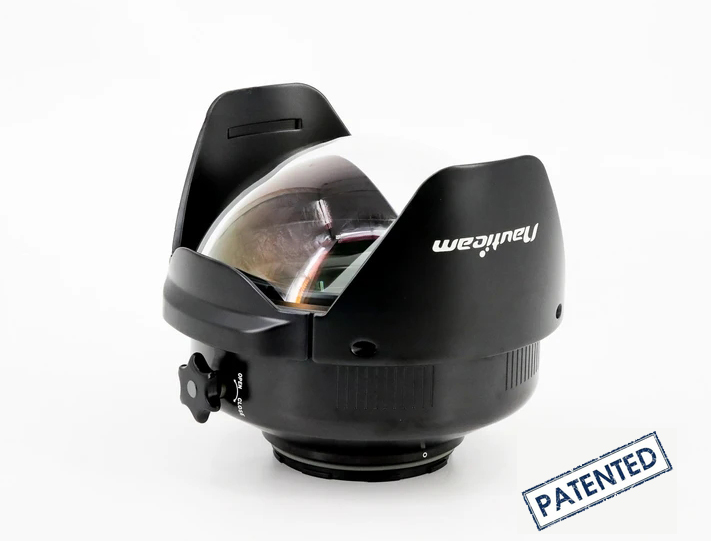
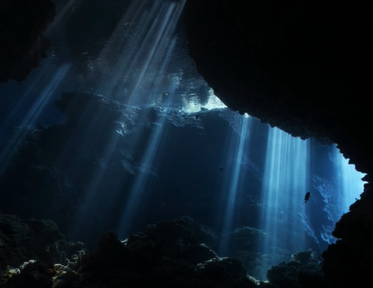



 粤公网安备 44030402001314号
粤公网安备 44030402001314号